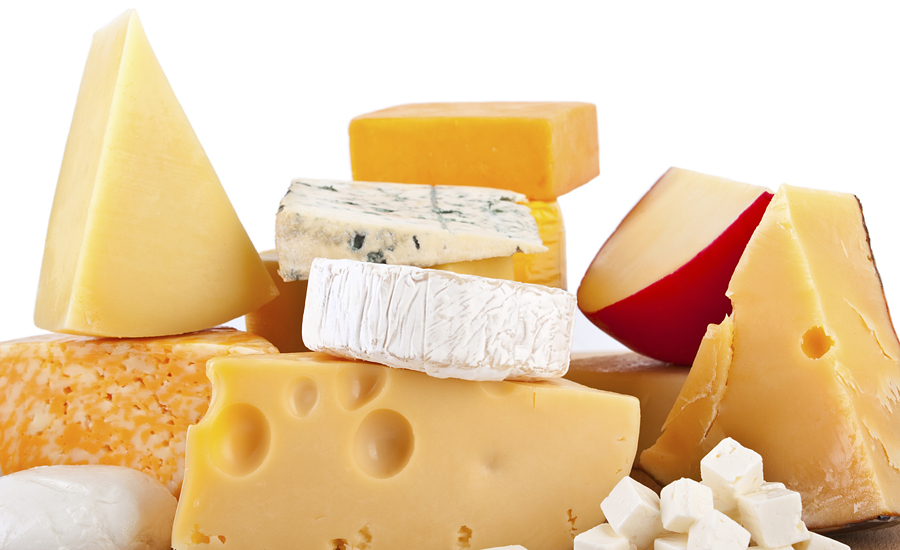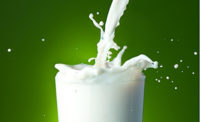The onset of sedentary as well as hectic lifestyle has changed the way people consume food, thus inclining consumers toward easy-to-eat and ready-to-serve serve food and snacks.
Enter cheese snacks.
Altering taste preferences and growing westernization are responsible for the rising intake of cheese snacks across the globe. As a result, the global cheese snacks market is expected to rise at a CAGR of 5.2% from 2017 to 2025, according to "Cheese Snacks Market: Global Industry Analysis (2012 - 2016) & Forecast (2017 - 2025),” a new report by Persistence Market Research, New York.
Tiring schedules and arduous lifestyles are diminishing the time spent on preparing healthy and nutritious meals. As a result, easily available and convenient food items such as snacks have become a likeable and preferred option amongst almost all age groups.
Furthermore, traditional snacks are being remodeled in all regions and are heavily influenced by the trend for innovative flavors.
The most frequently consumed cheese snacks are savory snacks such as extruded snacks and salted chips. Frozen and processed cheese are also gaining popularity because they fulfill many objectives such as inexpensive food that can be refrigerated and eaten at will, food that is equally tasty, savory and satiates hunger and more.
Despite the awareness and trend for junk-free food gaining traction, consumer addiction for cheese and other junk food items is expected to drive the growth of the cheese snacks market over the course of the forecast period.
Baked products to gain prominence among consumers
With consumers becoming more health consciousness and aware of the type of food they should eat ad diet they should follow, the demand for healthy snack options is increasing at a rapid rate. As a result, many consumers prefer baked items over fried while trying to avoid oil and fat. Cheese owns the tag of a “naturally functional whole food.”
Hence, numerous manufacturers are marketing cheese snack as a health snack. Recent advancements in scientific research have shed light on the nutrient profile of cheese, calling it a nutritional food product with proteins.
The consumption of cheese triangles, slices, dried pieces of cheese, etc., is common in regions such as North America and Europe.






